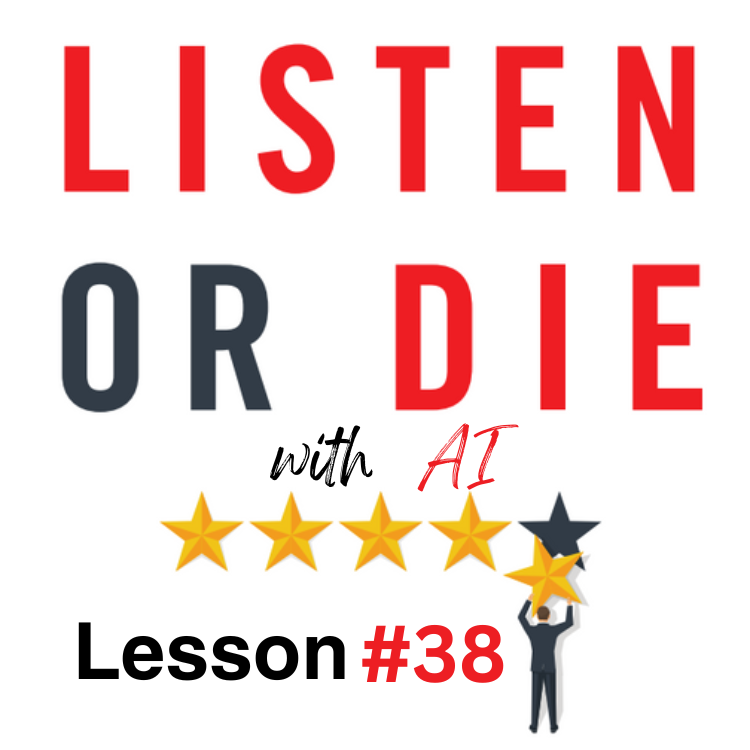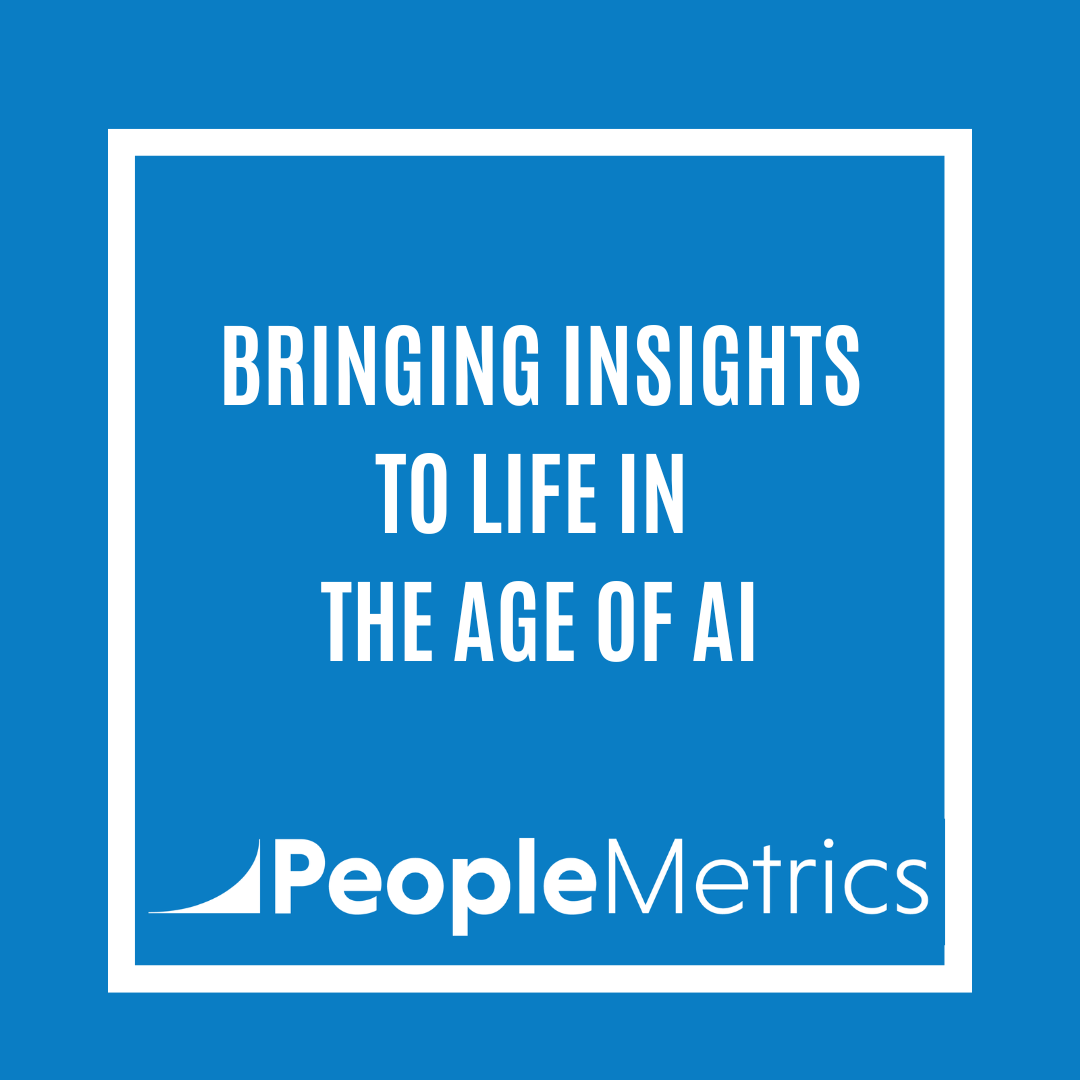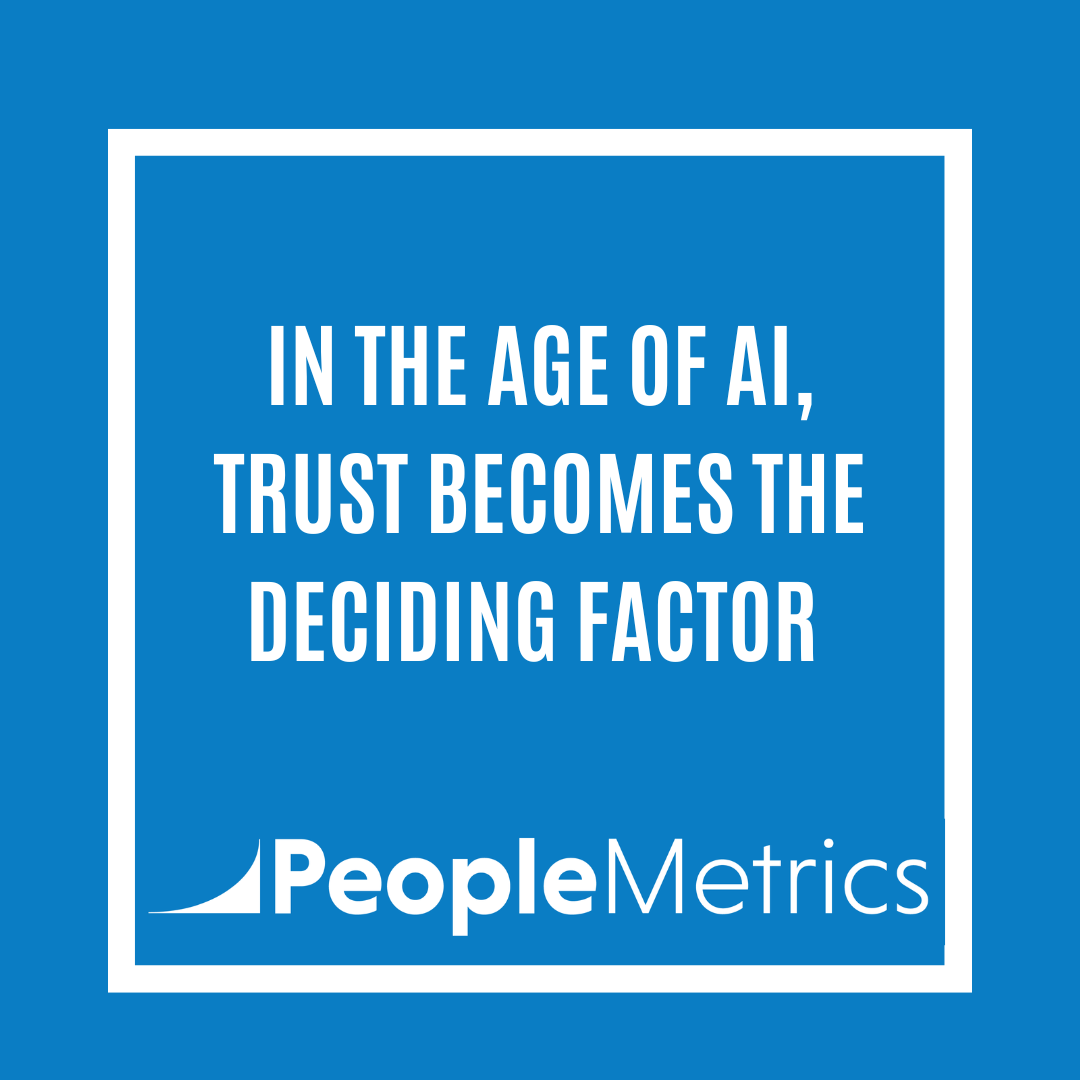When I wrote Listen or Die back in 2017, I had a hunch that machine learning would shape the future of customer experience.
What I didn’t know was how quickly it would evolve—and how central it would become.
Today, what we used to call machine learning is now widely known as artificial intelligence (AI), and it’s rewriting the rules of VoC in real time!
This isn’t some futuristic theory. AI is already transforming how organizations collect, analyze, and act on customer feedback.
And this post? It’s the most important one in the entire series, because everything is changing—fast.
Let’s walk through three core AI applications that are already impacting VoC and changing how we operate.
- Text Analytics: No Longer a Nice-to-Have
When I revisited Lesson 4, we covered the basics of text analytics. This is the original use case for AI in VoC: analyzing open-ended comments to identify common themes and assign sentiment scores.
Today, these tools are incredibly accurate—up to 90%—and can process tens of thousands of customer comments in minutes.
This is essential. If you’re collecting feedback but not analyzing it with AI, you’re missing the most powerful voice your customers have.
- AI-Based Insights: Goodbye Dashboards, Hello Direction
For me, here’s where things get exciting!
AI isn’t just for making sense of comments—it can now guide frontline teams on what actions to take next. This is a game changer.
Operators don’t want dashboards—they want clarity. They want to know what just happened, why it happened, and what they can do to fix it.
That’s exactly what AI-based insights now provide. For example:
- "Your NPS dropped 9 points this month. The key issue? Customers over 65 felt less safe."
- "To raise your NPS to 32, improve satisfaction with the recent experience to 73%, reduce problems to 84%, and help guests feel relaxed at 70%."
That’s not just analysis. That’s guidance. It’s actionable, personalized, and in real time.
And we’re even seeing narrative-style updates, where the system delivers insights like a conversation:
"Welcome back. Since yesterday, you gained five promoters and eight detractors. The biggest issue is contact center wait times. On the bright side, Madeline has 20 recognition alerts and is helping customers find great restaurants."
This is real-time storytelling, powered by AI.
- Conversational Surveys: AI as Interviewer
Another fast-emerging application of AI in VoC is in the design of dynamic, conversational surveys.
Rather than a static set of questions, AI now enables real-time follow-up questions based on open-ended responses.
For example, if a customer writes, “The check-in process took too long,” the AI can respond instantly: “Thanks for that feedback—how long did you have to wait?” or “Was the delay due to staff availability or something else?”
This is a conversational survey in action—AI acting like an interviewer, diving deeper into the customer’s experience.
It adds qualitative depth at scale and makes the survey feel more like a dialogue than a data collection exercise.
This is where VoC is headed: personalized, responsive, human-like interactions—powered by AI.
This Is Just the Beginning
We’re still in the early innings of AI’s impact on VoC—but the pace is accelerating.
The days of relying solely on static dashboards and quarterly reports are fading. What used to require a data analyst with SPSS and a deck now happens in seconds, personalized for every operator.
The future of VoC is AI-guided, real-time, and operator-first. The companies that embrace this shift will create better experiences, reduce churn, and build stronger customer relationships—every single day.
Checklist for Starting Your AI Journey
Here’s a bonus for this blog post, a checklist for everyone who is looking to integrate AI in their VoC journey:
- Make sure your VoC program includes text analytics—it’s the first and most essential use of AI in CX.
- Revisit Lesson 4 for tips on setting up a world-class text analytics approach.
- Explore AI-powered insights that go beyond dashboards—give operators real-time, personalized recommendations.
- Focus on surfacing the next best action your team can take to improve the customer experience.
- Talk to your VoC provider (or us at PeopleMetrics) about how AI can move your program from reactive to proactive—starting today.
Your Turn
How are you using AI in your VoC program?
Are you experimenting with automated insights and enhancing your dashboards? I’d love to hear what’s working, where you’re headed, or even what’s been challenging.
Drop a comment or reach out—let’s compare notes.
Comment Here!





